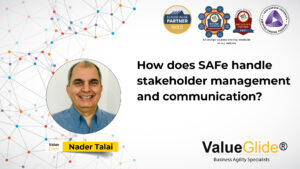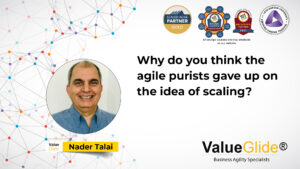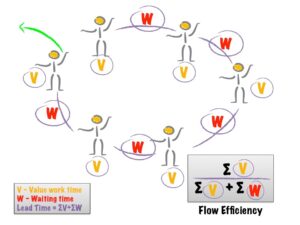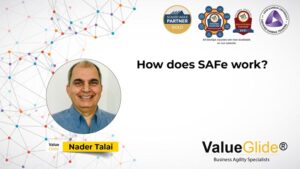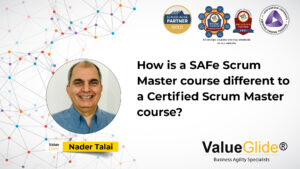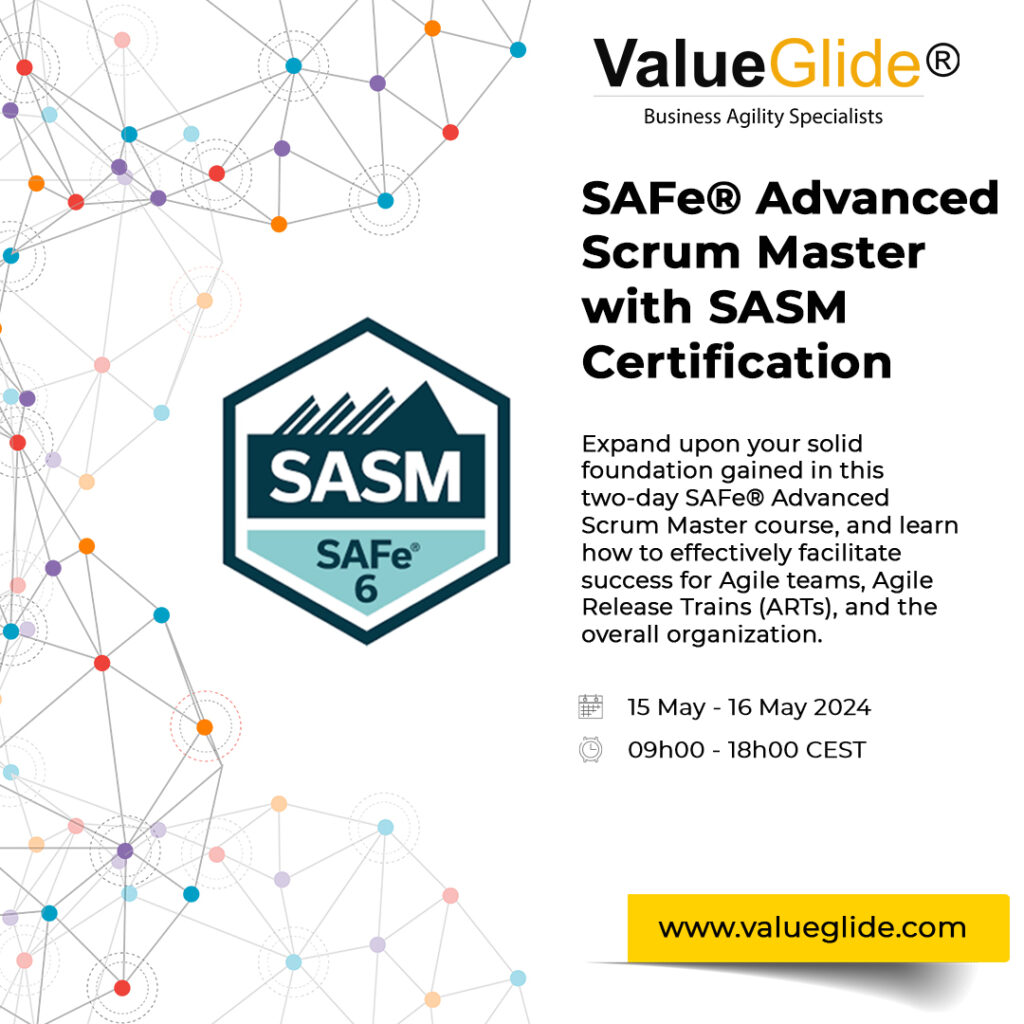Deciding on what framework to use for your business is an important decision because it provides an organisation with a structured approach to problem solving and decision making. In addition, your framework will help guide and inform the way the business analyses complex situations, identifies key issues, and develops strategies for addressing them.
So when I am asked what should be done when there is uncertainty surrounding what framework should be used, I say that the first approach should be to identify what is the goal of the organisation and what are you trying to do as a whole.
Next, you should identify what success measures are needed to determine whether you have achieved that goal. Strategising your success measures is not only important for determining whether you have achieved your desired outcomes but it can also inform the methodology of how a team will arrive at those outcomes.
We can also expand on defining our success measures by looking at what our lagging and leading measures are. One the one hand, leading measures look at what behaviours will impact desired change, while leaning measures will look at what means or methods will be needed to achieve those goals.
In the end, selecting a framework is the last thing you will do. This is because strategising and brainstorming on the above points will lead you to deciding what framework is the best fit for achieving your goals.
So in summary, the best way to choose a framework for your business, is to:
🚀 Understand the problem.
🚀 Understand the context.
🚀 Identify the measures.
🚀 Choose the appropriate approach for your context.
Interested to learn more about how to choose the right framework for your business?
At Value Glide, through the application of SAFe (Scaled Agile Framework), we are able to offer agile consulting, agile coaching, and agile training specialists who work with organisations to align business objectives with customer needs and wants.
As deeply experienced agile coaches and practitioners, our team is invested in continuous learning through each client engagement and uses the data and evidence we gather from each implementation to inform our training, coaching, and consulting services.
In a nutshell, empirical process control or empiricism.
If you are thinking of adopting agile within your organisation and have identified SAFe as a great agile framework to adopt, implement and improve your business agility, visit our SAFe Quickstart ART Launch program page or view our SAFe Consulting Services page.
If you have identified a need for an agile coach and SAFe coach to help your organisation adopt and implement SAFe, visit our SAFe Coaching Services page. We are committed to equipping organisations with the tools and knowledge to thrive in this ever-changing digital age, and achieve business agility through the Scaled Agile Framework.
Sounds good to you? Then sign-up today, and learn more about this transformation and revolutionary framework that is changing the game in the world of Agile. It is truly remarkable what can be done when we put our heads together and decide to work as one.
If you want to know more about SAFe and how to lead SAFe, visit our SAFE Training page for a host of options, from Leading SAFe to a SAFe Release Train Engineer course.
#SAFe #scaledagileframework #scalingagile #agile #agileframework #agilecoach #framework #context

